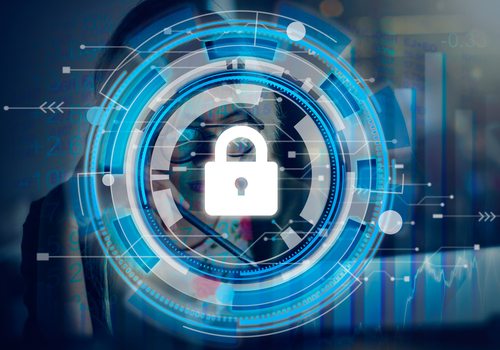Following the news that the voices of millions of taxpayers have been analysed and stored by HM Revenue and Customs (HMRC) without consent.
Big Brother Watch says HMRC’s Voice ID system has collected 5.1 million audio signatures and accuses the department of creating “biometric ID cards by the back door”. The Information Commissioner’s Office has launched an investigation.
Beyond the privacy issues, this also raises security concerns about the adequacy of HMRC’s ID system; is it protecting taxpayers from fraud? Tom Harwood, CPO and Co-Founder at Aeriandi commented below.
Tom Harwood, CPO and Co-Founder at Aeriandi:
 “Biometrics technology has been shown to significantly reduce fraud, especially in the financial sector – but it’s not the whole solution. Last year, two twins demonstrated how easy it is to trick these systems, after they gained access to HSBC’s voice biometrics security platform.
“Biometrics technology has been shown to significantly reduce fraud, especially in the financial sector – but it’s not the whole solution. Last year, two twins demonstrated how easy it is to trick these systems, after they gained access to HSBC’s voice biometrics security platform.
No security technology is 100% fool-proof, and it’s is now possible to cheat voice recognition systems. Voice synthesiser technology is a great example. It makes it possible to take an audio recording and alter it to include words and phrases the original speaker never spoke, thus making voice biometric authentication insecure.
Organisations need additional technologies – beyond biometrics – to protect their customers. Fraud detection technology is the prime candidate. It looks at far more than the voiceprint of the user; it considers hundreds of other parameters to ensure the caller and the call is legitimate – everything from their location to the acoustic dimensions of the room they’re making the call from.”
The opinions expressed in this post belongs to the individual contributors and do not necessarily reflect the views of Information Security Buzz.



